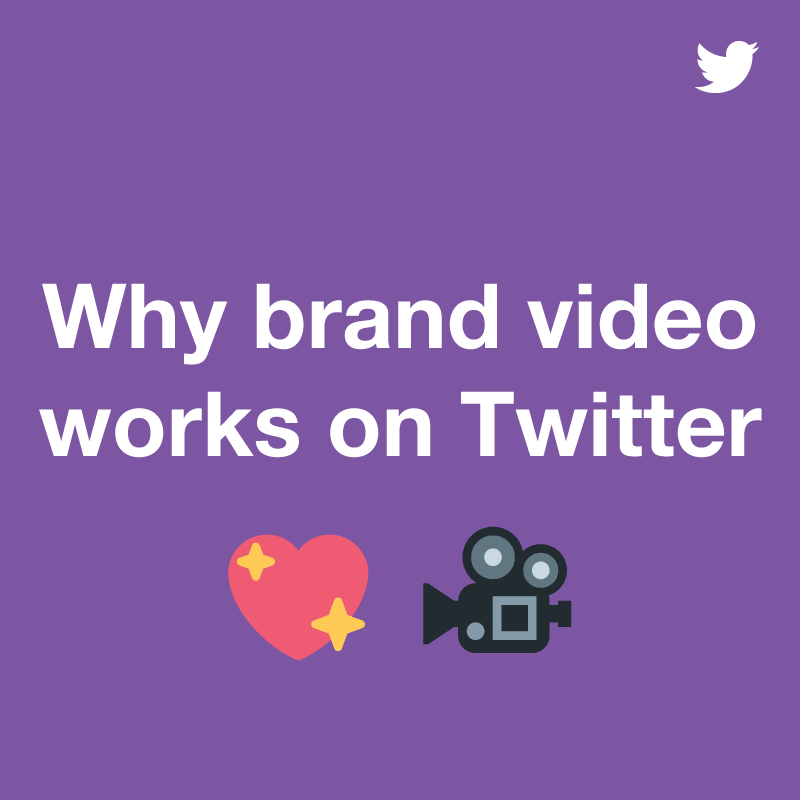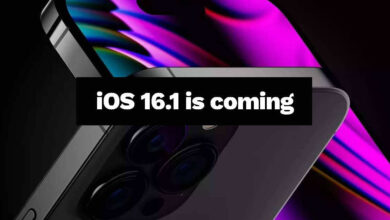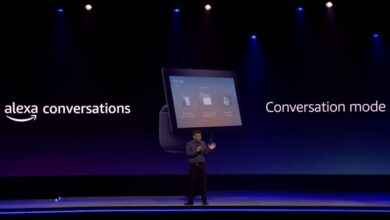Twitter research explores the neurology of video consumption
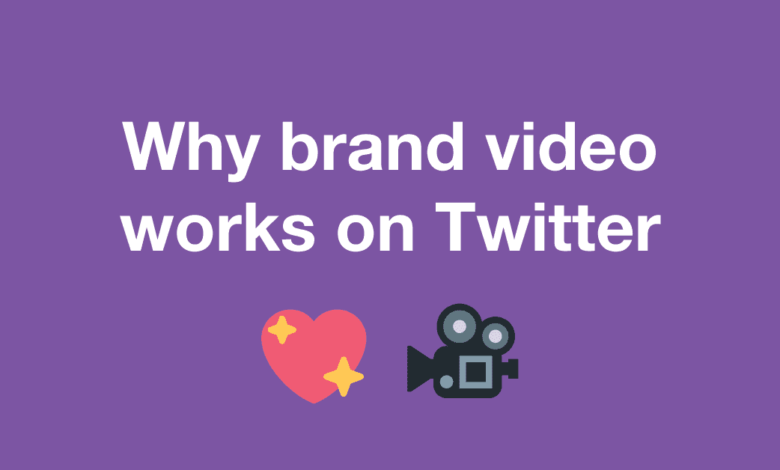
What makes people stop scrolling and start watching video on Twitter? New research reveals what it is that works best in a news-feed environment and how effective brand video can be. We partnered with Omnicom Media Group (OMG), testing 17 of its brands over seven verticals, and used neuroscience to measure brain activity as select Twitter users browsed their timelines.
This technique generated metrics like memory encoding, which correlates with purchase intent, and personal relevance.
The study, conducted for Twitter by research agency Neuro-Insight, also highlights that video on Twitter considerably outperforms online norms.
1. Why brand video on Twitter works
Twitter video ads elicited a high response and the nature of the platform drives this result. These results show how they outperform online video norms:
The strong results here show that people on Twitter personally identify with what they see, take in details at speed and can process it effectively.
Brand video on Twitter is super-native. We saw similar levels of response to brand video as for general Twitter activity. An aligned neuro-state between ads and surrounding content means people are receptive to brands they see.
Video is effective within the timeline. Autoplay viewing within the timeline generated slightly higher memory responses vs. videos watched full-screen. This viewing experience is impactful for brands who also benefit from branding and Tweet copy being visible. Here is an example of autoplay viewing by Careem Egypt (@CareemEGY):
https://twitter.com/CareemEGY/status/855095264436211713
“The Twitter video study highlighted the power of a personally relevant medium like Twitter as a means of driving strong engagement with video content.
Heather Andrew, CEO at consumer neuroscience specialist Neuro-Insight
2. You need less time on Twitter and a sound-off strategy is key
We gained insights on key questions around ad length and impact of audio, showing the uniqueness and efficacy of the Twitter newsfeed environment.
Less is more … memorable. Shorter videos of 15 seconds or less are more likely than videos of 30 seconds to drive memory encoding. This is specific to Twitter as TV sees the opposite trend with 30 seconds being most effective vs. shorter formats. The nature of scrolling behaviours means less time is needed on Twitter to capture attention and make an impact.
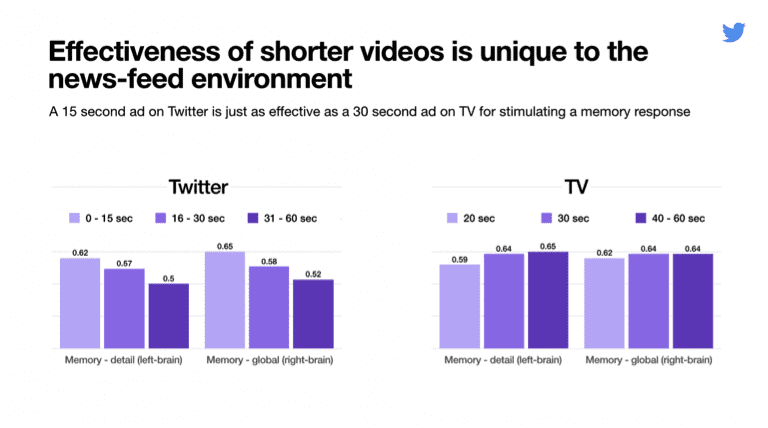
Here is an example of a recent 15 second video advertisement by Coca-Cola Egypt (@CocaColaEgypt):
https://twitter.com/CocaColaEgypt/status/860829877813030912
Better overall Results with On. The first three seconds of video doesn’t need audio to capture attention and drive response – personal relevance and memory encoding were at the same level whether sound was on or off. But when someone watches the whole video, sound turns up all the key metrics – and dialogue has more of an impact than music.
3. Changes in receptivity can be harnessed
There are also implications for planning when to reach people on Twitter.
Receptivity is strongest at the start of a Twitter session. The first video seen in the timeline generates, on average, a 22% uplift across all metrics versus all subsequent videos viewed. This supports the effectiveness of First View, a Twitter advertising product which gives a promoted video top placement in timelines for 24 hours.
Mindset and response differs across the day. In the morning, Twitter is most likely to elicit a feeling of personal relevance and generate detail-oriented memory encoding. Later in the day a more emotional / bigger picture memory response is seen. This means there is a great opportunity for brands to align content with these different mindsets. For example brands should think about sharing tips and useful information during the morning.
4. There are drivers of thumb-stopping
We also found that there are creative attributes in video that make people more likely to stop scrolling and watch:
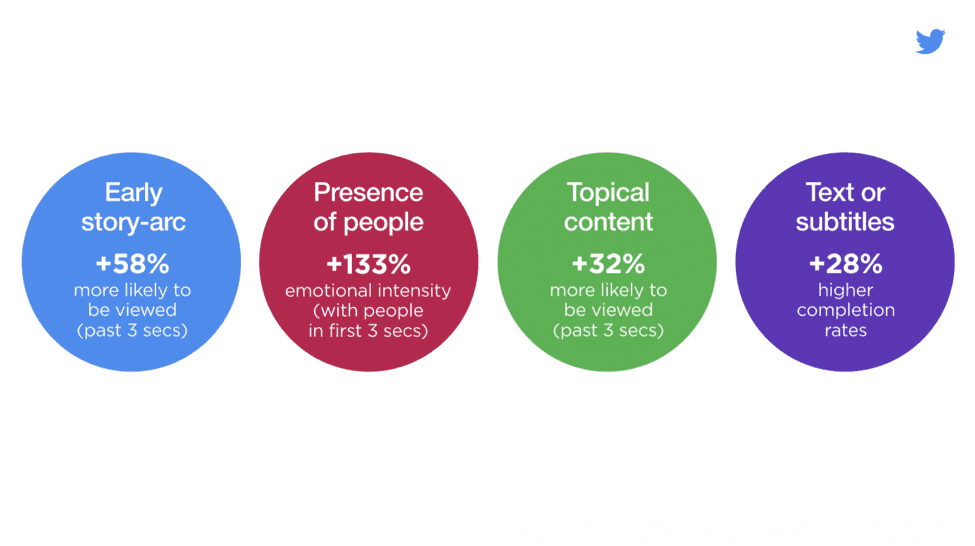
An early story arc means the video is 58% more likely to be viewed past 3 seconds (vs. all other videos tested). It also elicits higher brain response across all metrics for the duration of the ad.
Topical content is 32% more likely to be viewed past 3 seconds and leads to 11% higher completion rates (vs. all other videos tested). Aligning to something culturally relevant or time-specific triggers the brain to respond since there’s a level of familiarity. Here is an example of topical content by Pepsi (@pepsimasr):
https://twitter.com/pepsimasr/status/828349783941193728
The presence of people in the first three seconds of a video has a huge impact on the emotional intensity viewers have with the content: +133% versus videos without people. We know that driving emotion is important because high levels of emotional intensity are often followed with periods of memory encoding (thank you, electrode caps).
Text or subtitles draw people in. Moreover, videos with text are 11% more likely to be viewed and generate 28% higher completion rates. With a sound-off strategy in mind, the use of text in video is a very effective creative approach.
Here is an example by NIDO Arabia (@NIDOArabia) that highlights how the use of text in videos can generate higher engagement:
أنت في بالها بكل لحظة، فلا تنسى أن تتذكرها اليوم. كل عام و جميع الأمهات بخير!#يوم_الأم_مع_نيدو pic.twitter.com/GUOcBAK6cR
— NIDO Arabia (@NIDOArabia) March 20, 2017
In summary, content needs to be tailored for the timeline environment. This doesn’t mean creating completely new assets, but there are adaptations that can be applied, which will have a significant impact.
